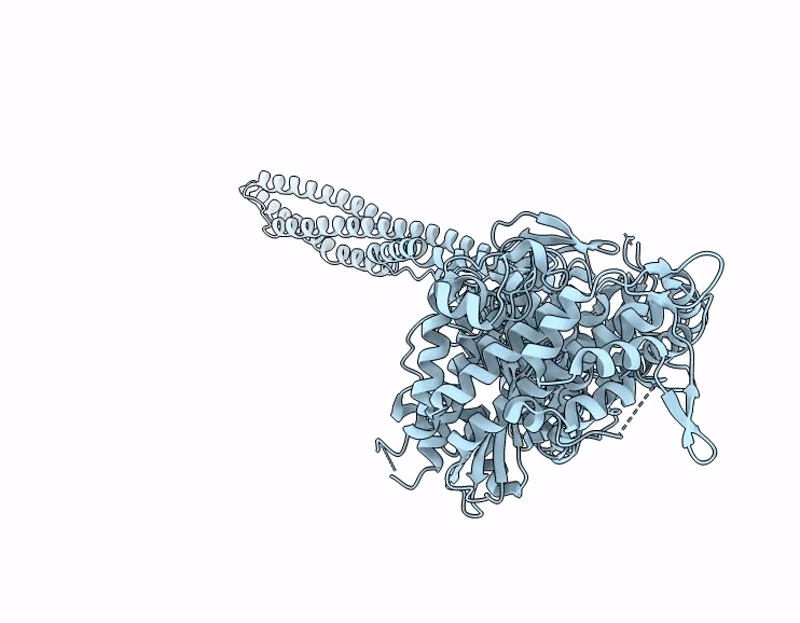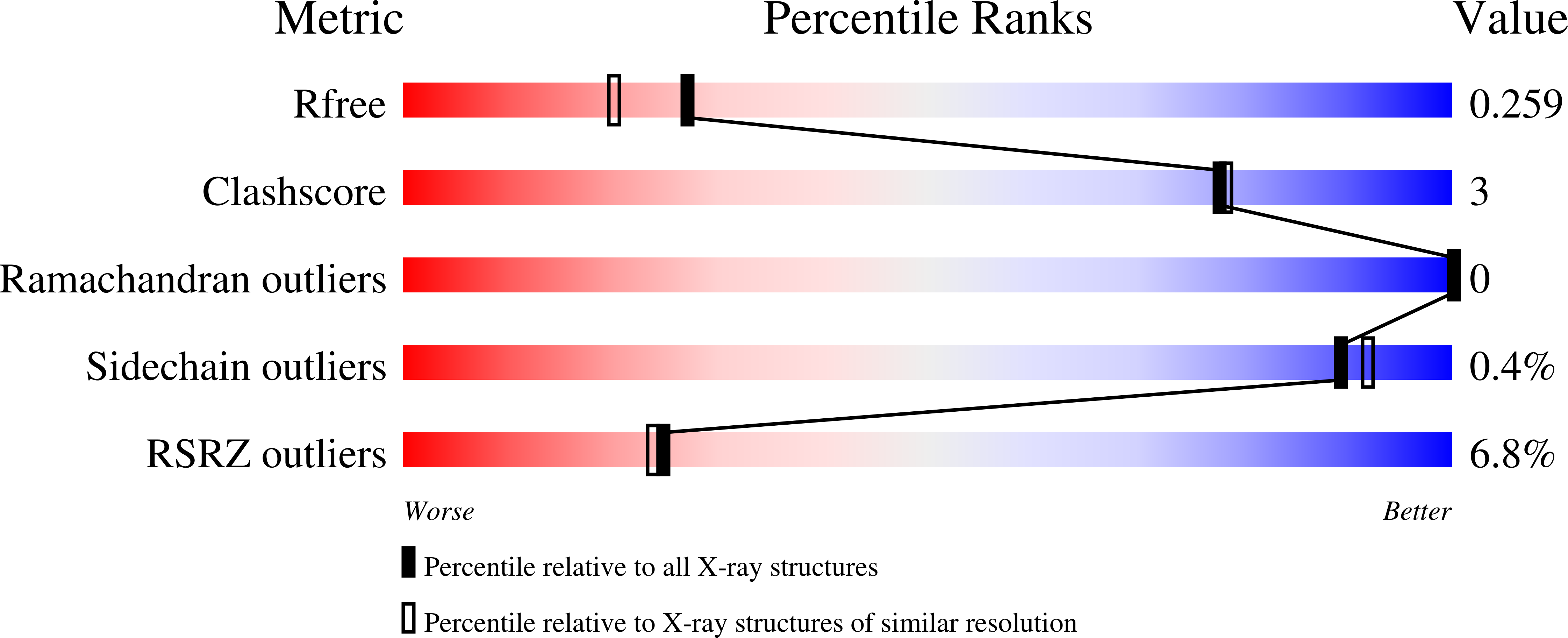
Deposition Date
2025-02-21
Release Date
2025-09-24
Last Version Date
2025-10-22
Entry Detail
PDB ID:
9IHL
Keywords:
Title:
Crystal Structure of the Human Nonmuscle Myosin 2A Motor Domain
Biological Source:
Source Organism:
Homo sapiens (Taxon ID: 9606)
Dictyostelium discoideum (Taxon ID: 44689)
Dictyostelium discoideum (Taxon ID: 44689)
Host Organism:
Method Details:
Experimental Method:
Resolution:
2.02 Å
R-Value Free:
0.25
R-Value Work:
0.20
R-Value Observed:
0.20
Space Group:
P 21 21 21


